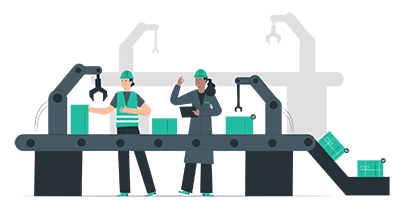
Guide: 3P Method
This comprehensive guide explores the 3P—Production Preparation Process—Lean methodology for designing efficient, waste-free manufacturing and service processes, offering a step-by-step framework to achieve operational excellence and continuous improvement.
Author: Daniel Croft
Daniel Croft is an experienced continuous improvement manager with a Lean Six Sigma Black Belt and a Bachelor's degree in Business Management. With more than ten years of experience applying his skills across various industries, Daniel specializes in optimizing processes and improving efficiency. His approach combines practical experience with a deep understanding of business fundamentals to drive meaningful change.
×












